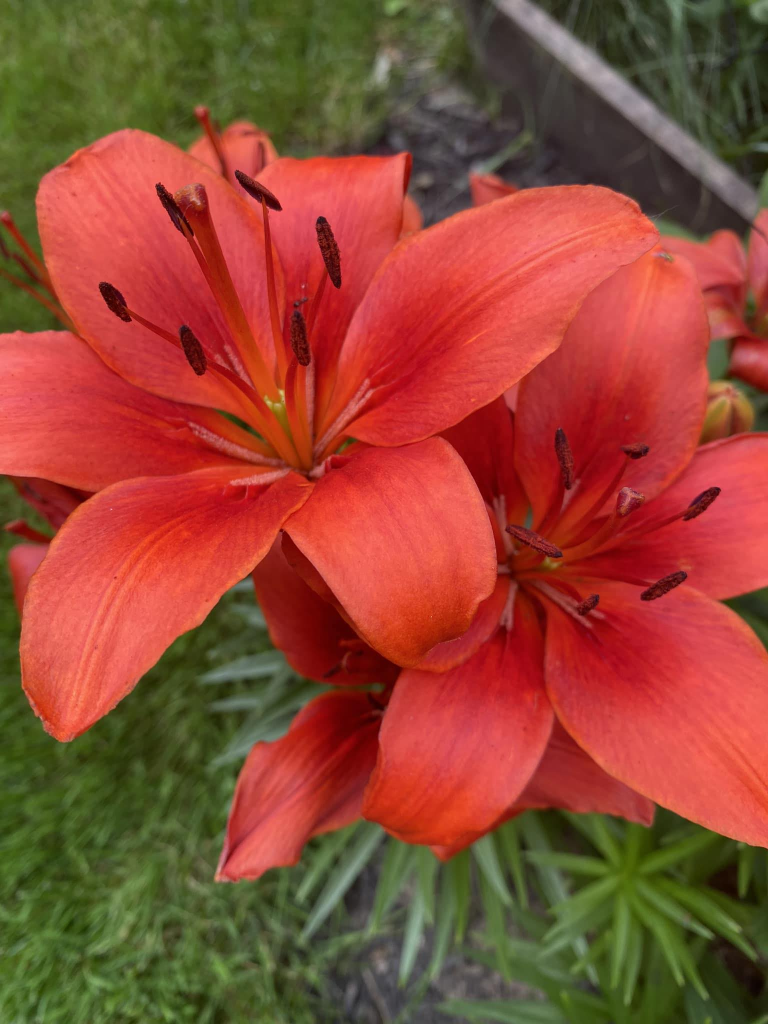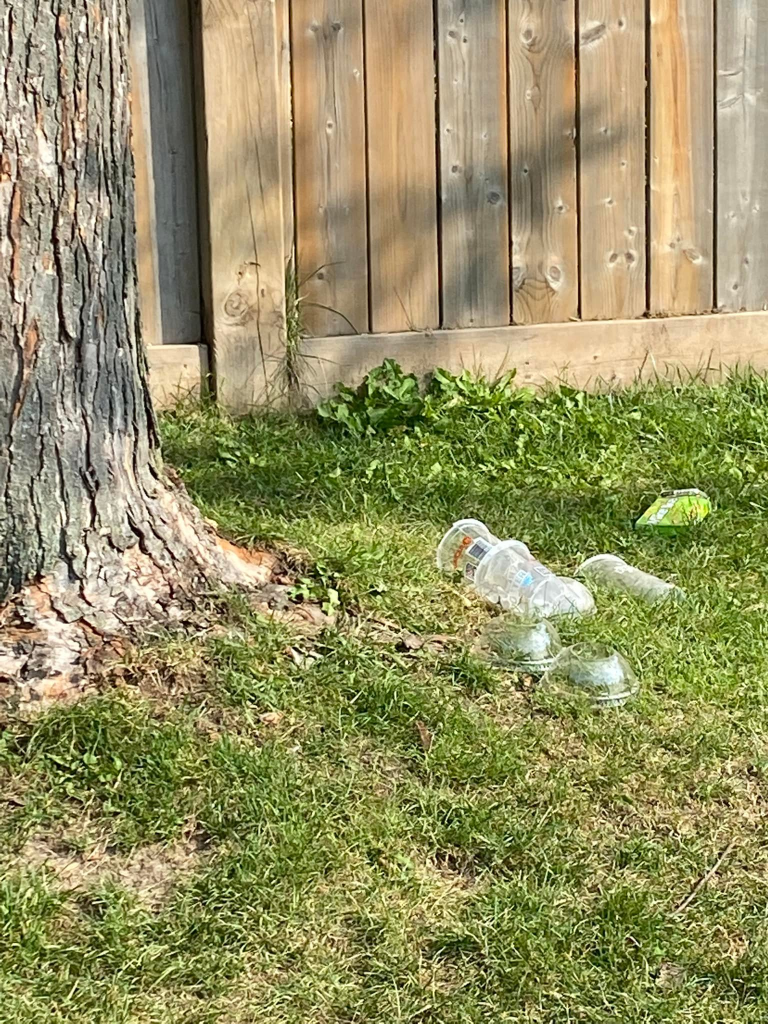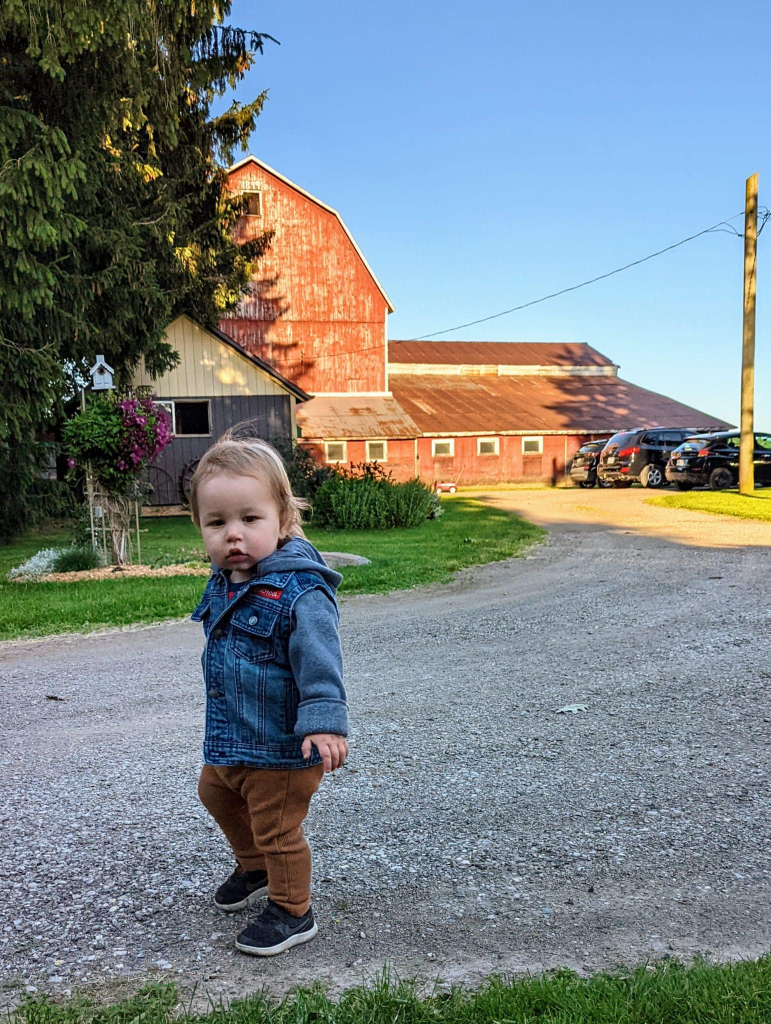
I often think about how fortunate I have been, to have lived 61 plus years and to have had so little experience with grief. I always knew it was coming, and that it will continue to come, over and over again. And so, I’ve tried to brace myself. The older I become, the closer that line gets, that border between before loss and after. But now that I’ve been shoved over that line, I’ve realized that there really isn’t a way to prepare for it. And that time is best spent in the present, enjoying the company of the people we love, rather than fruitlessly trying to figure out a way to make it hurt less when we lose them.
I lost someone to ovarian cancer three weeks ago. We’d been fast friends for years and she was like a sister to me. The loss came slowly, over three years. The time came when the outcome was understood. When that point arrived, I began to hold onto the text conversations between us. I anticipated that those conversations would become important to me in new ways that I couldn’t have imagined. That was one prediction that actually proved true. Reading through random parts of those messages that span more than a year, I think I’m experiencing the “magical thinking” Joan Didion wrote about in her book following the unexpected death of her husband. We know as rational human beings that the person has died and cannot return. And at the same time, we cannot accept something so utterly impossible. For those moments when I’m scrolling through my friend’s gentle, funny and honest words, time seems to shift somehow. She becomes present. The dates on the messages have no meaning. She is there, thank God! She is talking to me.
And yet, her name sinks lower and lower on my phone’s message list. Every day, I have to scroll down further to find her. Our last message sits there, unmoving. It will always and forever be our last message. To me, that is completely ridiculous. In my recent calls list, there’s her name and the date. A Wednesday morning three weeks ago when she called to say good-bye. Remarked in her sage way that we were lucky to be able to say good-bye; it’s an opportunity many don’t get to have.
I knew grieving would be painful and unpredictable, but I never dreamed that losing someone you loved would be so ludicrous. I have been counting the hours, the days, the weeks since she died. It will turn into months, then years. Absolutely preposterous. What am I counting off time for? Is there an end to this separation? Some shorting out part of my brain seems to think there is.
And so here I am without her, smack dab in the middle of the summer she hoped she would get, and never did and never will. I could read her last letter to me over and over, day after day. But I am trying to savour it and keep her words fresh. I wear the ring she left me when it doesn’t hurt so much. I trust that time will quiet that ache–I’ve heard from the seasoned professionals that it does.
And maybe one day, that misfiring part of my brain that insists that none of this is true or right will quiet, too.
One thing I know without a doubt–I would not trade a moment of the friendship we shared to avoid this pain. They say that grief is the price of love. I will gratefully pay that bill until the end of my days.
















